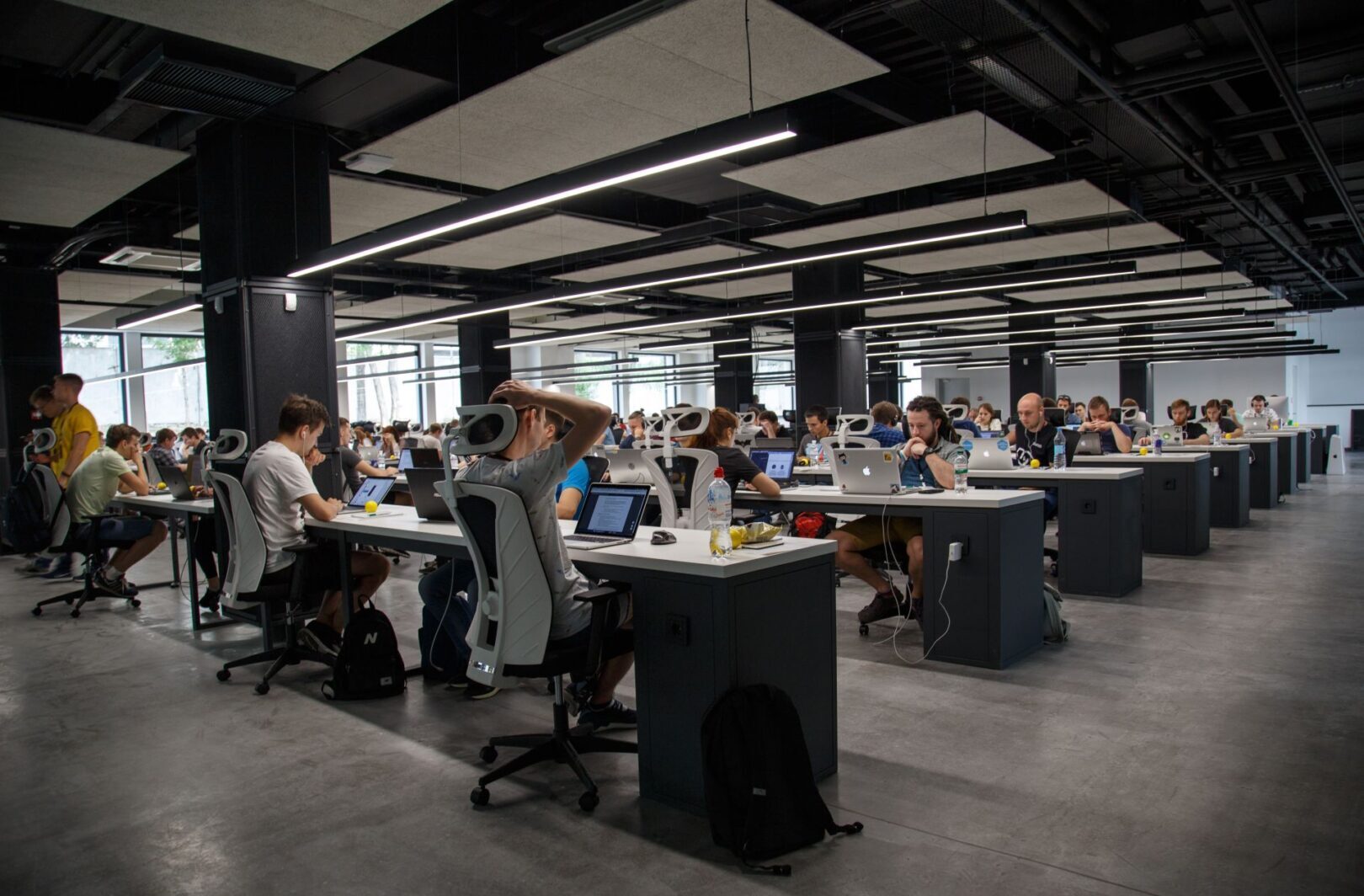In Part 1, I talked about two ways you can compute responsibly; using the lowest permissions needed to perform your day to day tasks and making sure to run anti-malware applications as needed. What else can we do?
Remember how I said I had several “simple things”? Well, the list goes on. The next thing you should do is to look out for extraneous software and in particular remove what you don’t need. What do I mean by extraneous software? Glad you asked.
Let me give you an example. If you download the Yahoo Messenger client so that you can chat on IM with all of your contacts on Yahoo, you are presented with the initial setup screen where you asked whether you want to install the Yahoo Toolbar. It’s a checkbox and you wouldn’t be considered foolish to believe that unchecking that checkbox is all you would need to do to keep from installing anything other than the Yahoo Messenger client you came for. The problem is that it’s a trick. You see, this is only the ‘Basic’ setup screen. There is an option to customize your installation and it’s not really made obvious to the user. But on this customization screen you now see 2-3 additional pieces of software which Yahoo will conveniently install for you were you to continue with the boxes checked.
Speaking of toolbars, I want to take a moment to mention that toolbars are one of the most wasteful pieces of software you can install on your computer. I am talking specifically about the toolbars which attach themselves to your browser windows. Not only does each toolbar take up a good chunk of space on your screen, but it also slows load times, carries its own processing overhead, consumes additional memory and adds the possibility of breaking your browsing experience. Unless you have a compelling reason to install a toolbar, modern browsers don’t really give you a reason to use one.
In any case, if you’re able to perform installations, and more importantly uninstallations, open your Add/Remove Programs (or Programs and Features) panel and look through the installed applications. If you don’t recognize an application, or especially if you recognize it and know you definitely don’t need it, then uninstall it. It’s like dead weight and some install services or other resident bits of code that actually do stay up and running even when you’re not actually using the program. While this is typically done in the name of speeding startup times, when everyone is doing it it has the reverse effect.
So you’ve gotten rid of all of the useless bits of software on your computer now, right? You’re sure? Even that Christmas screen saver your Aunt Joan sent you three years ago? Alright. Now let’s make sure all of the applications you do have around are up to date. Many applications have methods of performing updates without any muss or fuss. Maybe they have a bit of code that sticks around and checks for updates, downloads them and lets you know when an update is ready to be installed. Maybe they check for an update when you start them up. Maybe they have a menu option you can click to check for an update. Regardless, look through your applications and make sure they are up to date. Some software, like Adobe’s Flash Player and Reader, are known to have enough bugs to drive a Mack truck through, security holes that make an otherwise secure system easier to break into than an egg. As updates are released to fix these security holes, they become available for you to patch up your system. And you definitely want to do that.
But there’s one piece of software that’s probably the most important bit of software on your computer and which is probably left neglected more often than any other. Your operating system. Operating system vendors (Microsoft and Apple are the most well known but there are others) always provide updates for years after the initial release of a given operating system version. Windows XP, released in 2001, received updates for 8+ years, though it’s definitely on death’s door. And these days it’s actually very easy to keep them up to date. Any problem in the OS is a problem that is extremely difficult to hide with other software, at least in terms of security vulnerabilities. So the more up to date your OS is, the safer you’ll be. Safe is good. 🙂
So we’ve covered getting rid of software you no longer need and updating the software you keep as well as the operating system. We’ve covered mostly preventative actions you can take. Next up we will take a look at some things to look out for to help you avoid some of the dangers that are out there. Until then!

